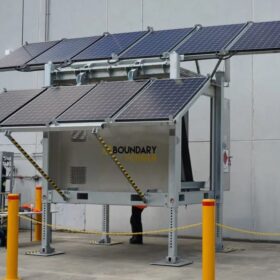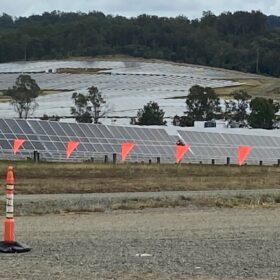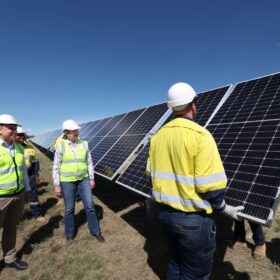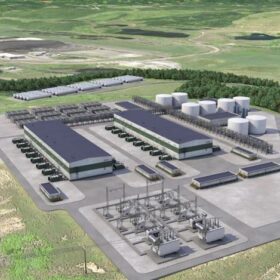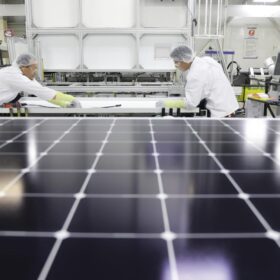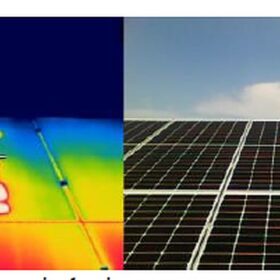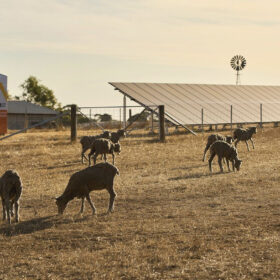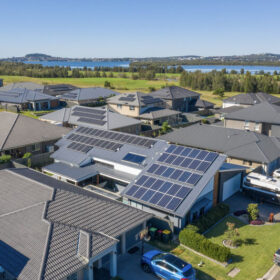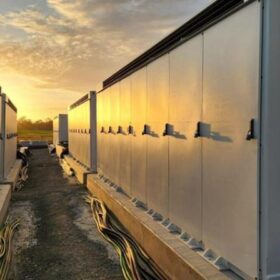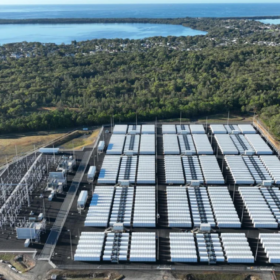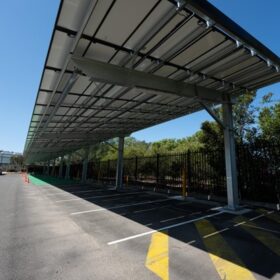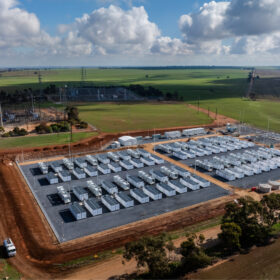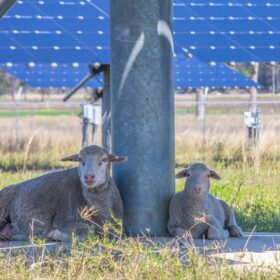Boundary reveals ‘Australian first’ hydrogen-powered stand-alone power system
Boundary Power is claiming an Australian first with the unveiling of a 100% relocatable and modular stand-alone power system that integrates solar with a hydrogen electrolyser and storage system, doing away with the traditional back-up diesel generator.
ACE teams with Japanese player in 500 MW joint venture
Aspiring renewable energy developer ACE Power will partner with the clean energy arm of Japanese energy giant Osaka Gas to jointly develop a portfolio of Australian solar and battery projects with a total capacity of more than 500 MW.
CleanCo opens EOI for 3 GW of wind and solar
Queensland state-owned CleanCo has opened an expression of interest process to add 3 GW of wind and solar generation to its portfolio “to support our customers to achieve their sustainability goals, and to advance Queensland’s energy transformation”.
Fortescue in line for US green hydrogen funding
A green hydrogen collective that includes Australia’s Fortescue is set to share in more than $11 billion (USD 7 billion) of United States government funding as the Biden administration seeks to accelerate the commercial-scale production and deployment of low-cost, renewable hydrogen.
Maxeon Solar Technologies to slash 15% of global workforce
Solar panel producer Maxeon Solar Technologies will lay off 750 employees by the end of the year as the company reels from reduced shipments from its largest distributed generation (DG) customer in North America and an ‘industry-wide demand slowdown’ in global DG markets.
Combination of half-cut, bifacial solar cell designs may contribute to hotspot formation
Scientists in Spain tested PV modules under partial shading conditions, aiming to better understand the formation of performance-damaging hotspots. The study reveals a potential issue particularly affecting half-cell and bifacial modules, which may cause accelerated performance loss and is not covered by current testing/certification standards.
Weekend read: Feeding the appetite for low-carbon food
Australia’s vast distances make the supply of electricity via traditional grids expensive and even dangerous. With demand growing for agricultural goods produced with low-carbon emissions, solar and energy storage is being embraced even by skeptical farmers.
Successful energy transition depends on managing when people use power. So how do we make demand more flexible?
Energy security concerns are mounting as renewable projects and transmission lines are delayed. In New South Wales, for instance, the government has flagged it may defer the closure of Eraring coal power station beyond 2025.
Engie partners with Posco for Pilbara green hydrogen study
South Korean steelmaker Posco and French renewables giant Engie are investigating the feasibility of establishing a large-scale renewable hydrogen project in Western Australia that would provide fuel for a green iron venture planned for the state’s Pilbara region.
Wärtsilä urges industry to improve in wake of Bouldercombe battery fire
The company supplying the technology for what has been branded Australia’s “biggest battery” has cautioned that manufacturers must ramp up their focus on hardware, increase investment in advanced software and improve testing practices to minimise the risk of lithium-ion batteries catching fire.
